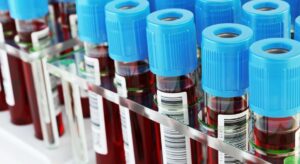$179.00
This screening for women includes a thyroid test and everything in the Basic Health Profile, for a comprehensive look at overall health. It can help identify a wide range of possible health conditions so you can take informed action towards your health goals.
Fasting (not eating or drinking anything except water) for 8-12 hours is recommended but not required. For most, not fasting is acceptable; however, those who choose not to fast may show elevated triglyceride levels.



© 2022 OrangecountyLabs.com, All rights Reserved.
For immediate needs:
(714) 894-1591
For immediate needs:
[email protected]